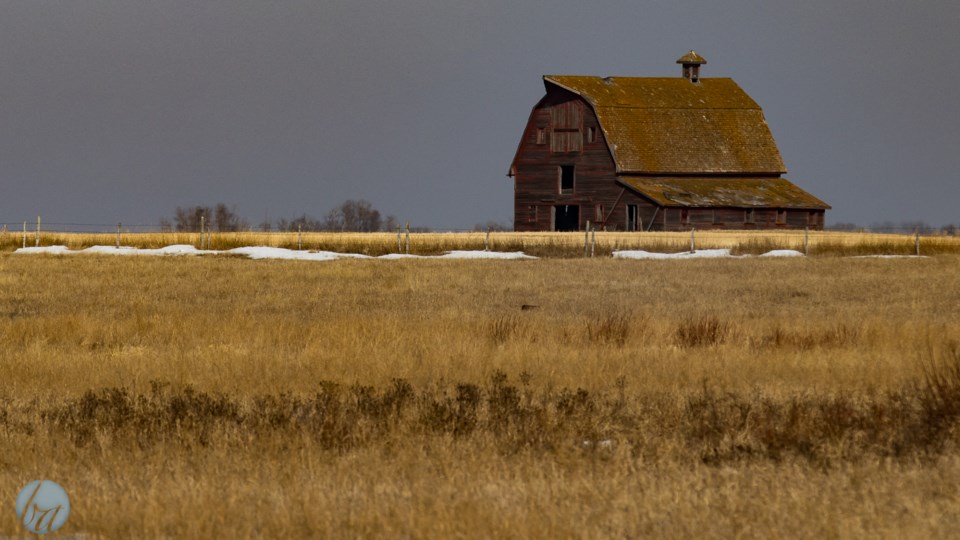UNITY - Harvest has been over for most producers in the west-central for almost two weeks and producers are happy to put the 2022 growing season behind them. It was a stressful year for most producers in the region as they suffered through another extremely dry and grasshopper plagued season. The season started poorly with insufficient spring moisture for proper germination and emergence which resulted in uneven crop stands and bald patches across many fields. Rain is desperately needed throughout the region.
Crop yields vary within the region, but overall, yield estimates are well below average with many producers saying it was a similar year to the 2021 growing season. Luckily some producers in the region received small timely rains which allowed their crop to yield closer to average. Producers are hoping that the dry cycle does not continue in 2023 and that they can see their crop achieve above average yields to help them recover from two very poor seasons in a row. The quality estimates for cereal, pulse and oilseed crops in the region are very good with most crops landing in the top two grade ratings. Surprisingly, one of the larger causes of downgrading was the presence of ergot in cereal crops, likely due to small rains around the time of flowering.
Producers are praying for rain this fall to allow their soil moisture to recharge before the winter arrives and the ground freezes. Due to the extreme lack of moisture, a large volume of rain is needed. Producers are hoping it comes in the form of a gentle multi-day soaker that will allow proper infiltration into the soil. The dry conditions in the region resulted in higher fire risk during harvest and a large reduction of water availability for livestock. Moisture is also desperately needed to allow for regrowth of pastures next spring. Without sufficient moisture, many producers fear they will not be able to graze cattle on a large majority of their land. Cropland topsoil moisture is rated as seven per cent adequate, 32 per cent short and 61 per cent very short. Hay and pasture land topsoil moisture is rated as nine per cent adequate, 34 per cent short and 57 per cent very short.
For livestock producers it was another very disappointing year for hay yields. Much of the hay land in the region did not receive the rain needed to recover from the 2021 drought. Average hay yields on dry land are reported (in tons per acre) as: alfalfa 0.80; alfalfa/brome 0.90; other tame hay 0.70; wild hay 0.70 and greenfeed 1.3. The hay crop in the region was not enough to replenish winter feed supplies for many producers and finding local feed to purchase is difficult. Some producers are traveling two hours or longer to acquire hay and straw for their cattle.
At this time, most livestock producers have indicated that they will have adequate to hay, straw, greenfeed and feed grain for a normal winter. But many are unsure how they will stretch their feed supplies if winter is longer than expected, since additional feed may not be available to purchase, or it will be too expensive to make economic sense.
Seeded winter wheat acres are estimated to have fallen 27 per cent compared to last fall while fall rye acres were estimated to have dropped by 17 per cent. Producers would not risk spending the time and money seeding winter cereals into their extremely dry soils.
Farmers are busy hauling bales, picking rocks, harrowing and conducting other miscellaneous farm chores.




